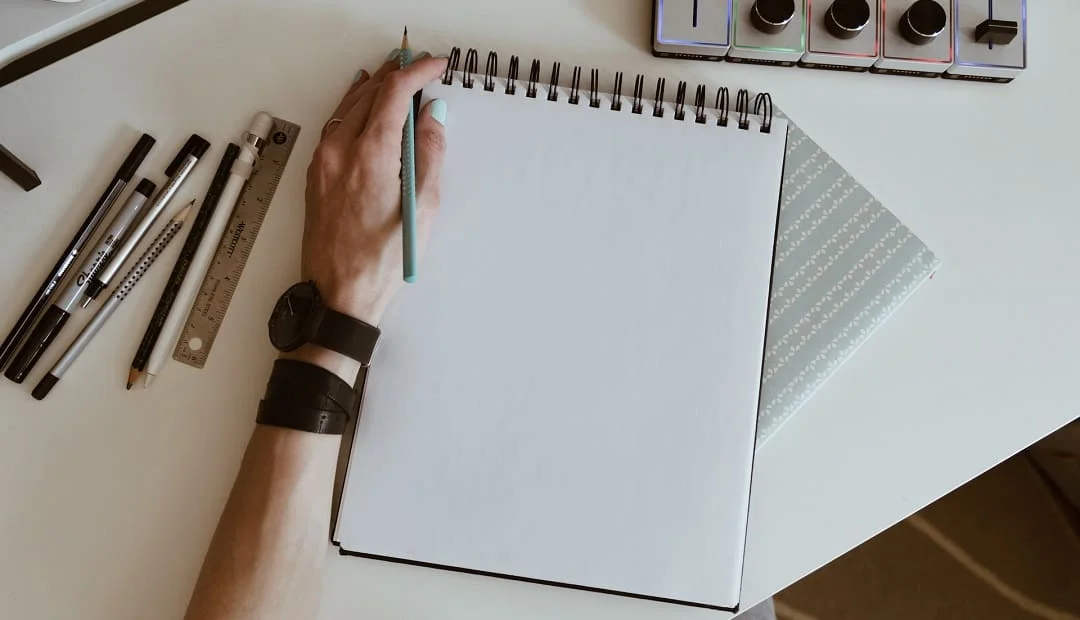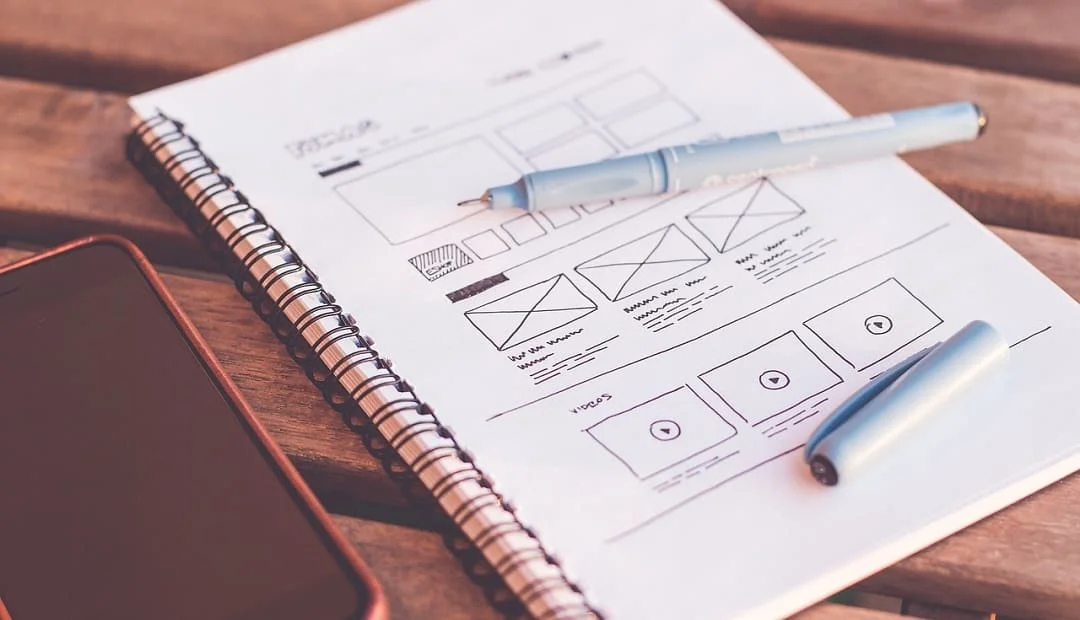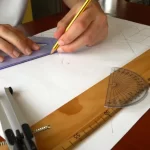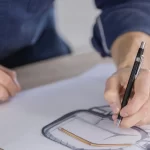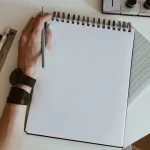Design Patent Drawing Requirements: Key Points to Know
- October 12, 2023
- By Sarita Thomas
- Read 8 minutes
What are design patent drawing requirements?
Design patent drawing requirements refer to the guidelines and specifications that must be followed when creating drawings for a design patent application. These requirements ensure that the drawings accurately depict the design and provide sufficient information for understanding and evaluating the design. Design patent drawings should be clear, detailed, and in black and white. They should show all the important features of the design and include multiple views if necessary. Additionally, the drawings should be free from any text, shading, or color that could distract from the design itself. Meeting the design patent drawing requirements is crucial for a successful patent application and can greatly impact the strength and enforceability of the resulting design patent.
Importance of design patent drawings
Design patent drawings play a crucial role in the patent application process. They provide a visual representation of the design and help the examiner understand the unique features and ornamental aspects of the invention. Accurate and detailed drawings are essential for a successful design patent application as they help in demonstrating the originality and distinctiveness of the design. Additionally, design patent drawings also serve as a reference for future enforcement and litigation purposes, ensuring that the design is adequately protected. Therefore, it is important to comply with the design patent drawing requirements to ensure a strong and effective design patent application.
Legal standards for design patent drawings
Design patent drawings must meet certain legal standards to be accepted. These standards include clarity, precision, and completeness. The drawings should clearly depict the design of the invention and show all the necessary details. They should be accurate and free from any misleading or ambiguous elements. Additionally, the drawings should be in black and white, with shading and color only used to show surface or texture. Overall, adhering to these legal standards is crucial to ensure the validity and enforceability of a design patent.
Understanding Design Patent Drawings
Definition of design patent drawings
Design patent drawings refer to the visual representations of a design that are submitted as part of a design patent application. These drawings provide a detailed and accurate depiction of the design and are essential for understanding the unique features and ornamental aspects of the design. Design patent drawings play a crucial role in the patent examination process as they help examiners determine the novelty and non-obviousness of the design. It is important to ensure that the design patent drawings comply with the specific requirements set forth by the patent office, including the use of proper line thickness, shading, and views. By following these requirements, applicants can enhance the clarity and effectiveness of their design patent drawings, increasing the chances of obtaining a successful design patent.
Types of design patent drawings
When it comes to design patent drawings, there are several types that are commonly used. These include perspective views, front views, rear views, top views, bottom views, right-side views, and left-side views. Each type of drawing serves a specific purpose and provides different angles and details of the design. Perspective views give a three-dimensional representation of the design, while front, rear, top, bottom, right-side, and left-side views provide a two-dimensional depiction from various angles. It is important to include all required types of drawings in a design patent application to accurately represent the design and ensure its protection.
Elements of a design patent drawing
A design patent drawing typically includes several key elements that are essential for accurately depicting the design. These elements include line drawings, shading, surface ornamentation, and views. Line drawings are used to show the overall shape and contours of the design, while shading is used to indicate depth and dimension. Surface ornamentation, such as patterns or textures, may also be included to enhance the visual representation of the design. Additionally, different views, such as front, rear, top, bottom, and perspective views, are often included to provide a comprehensive understanding of the design from various angles. It is important to ensure that all these elements are properly represented in a design patent drawing to meet the requirements set by the patent office.
Key Points to Know
Specificity and clarity in design patent drawings
When it comes to design patent drawings, specificity and clarity are of utmost importance. Design patent drawings should clearly depict the unique and ornamental features of the design. The drawings should be detailed enough to enable a person skilled in the art to understand the design without any ambiguity. It is essential to provide accurate dimensions, proportions, and views of the design to ensure that it is fully and accurately represented. By maintaining a high level of specificity and clarity in design patent drawings, applicants can enhance the chances of their design patent being granted.
Consistency in design patent drawings
Consistency is a crucial factor when it comes to design patent drawings. It ensures that the drawings accurately represent the design and provide a clear understanding of the invention. Consistency in line thickness, shading, and perspective helps in conveying the design details effectively. Additionally, maintaining consistency in the use of reference numerals and labels enhances the clarity of the drawings. Design patent applicants should pay close attention to maintaining consistency throughout their drawings to avoid any confusion or misinterpretation.
Proper labeling and numbering of design patent drawings
When it comes to design patent drawings, design proper labeling and numbering are essential. Each drawing should be clearly labeled with a descriptive title that accurately represents the subject matter of the design. Additionally, drawings should be numbered consecutively in the order they appear in the application. This ensures that the drawings can be easily referenced and understood by both the examiner and the public. By following these labeling and numbering requirements, applicants can ensure that their design patent drawings are clear, organized, and in compliance with the necessary standards.
Common Mistakes to Avoid
Insufficient detail in design patent drawings
One key point to know about design patent drawing requirements is the importance of providing sufficient detail in the drawings. Design patent drawings should clearly show the ornamental features of the design and include all necessary views to fully represent the design. Insufficient detail in the drawings can result in the rejection of a design patent application, as it may not adequately demonstrate the unique visual characteristics of the design. Therefore, it is crucial to ensure that the design patent drawings are precise, accurate, and provide a comprehensive representation of the design.
Inconsistency in design patent drawings
Design patent drawing requirements play a crucial role in protecting the unique visual appearance of a design. However, one common challenge faced by designers is the inconsistency in design patent drawings. This inconsistency can occur due to various factors, such as different interpretations of the guidelines by examiners or lack of clarity in the guidelines themselves. It is important for designers to be aware of these inconsistencies and strive to create drawings that accurately represent their design to ensure a smooth patent application process.
Incorrect labeling or numbering of design patent drawings
One common mistake in design patent drawings is the incorrect labeling or numbering of the drawings. It is important to ensure that each drawing is properly labeled and numbered to avoid confusion. The labeling should clearly indicate the different views or perspectives of the design, such as front view, side view, or perspective view. Additionally, the numbering should follow a sequential order to maintain consistency throughout the drawings. Failure to correctly label or number the drawings may result in the rejection of the design patent application.
Importance of complying with design patent drawing requirements
Complying with design patent drawing requirements is crucial for several reasons. Firstly, it ensures that the design patent application meets the standards set by the patent office, increasing the chances of approval. Secondly, accurate and detailed drawings help in clearly depicting the design and its unique features, making it easier for examiners to understand and evaluate the invention. Additionally, complying with the drawing requirements demonstrates professionalism and attention to detail, which can enhance the credibility of the patent application. Therefore, it is essential to carefully follow the design patent drawing requirements to maximize the chances of obtaining a strong and enforceable design patent.
Impact of design patent drawings on the patent application process
Design patent drawings play a crucial role in the patent application process. They serve as visual representations of the design and provide detailed information about the invention. These drawings help patent examiners understand the unique features and overall appearance of the design. Clear and accurate design patent drawings can significantly enhance the chances of obtaining a design patent. On the other hand, poorly executed or insufficient drawings may lead to rejection or delays in the application process. Therefore, it is essential to ensure that the design patent drawings meet the specific requirements and guidelines set by the patent office.
Tips for creating high-quality design patent drawings
Creating high-quality design patent drawings is essential for a successful patent application. Here are some tips to keep in mind:
1. Accuracy: Ensure that the drawings accurately represent the design, including all relevant details and features.
2. Clarity: Use clear lines, shading, and annotation to clearly illustrate the design and its various aspects.
3. Consistency: Maintain consistency in the style, scale, and proportions of the drawings throughout the application.
4. Neatness: Ensure that the drawings are neat, clean, and free from smudges or other distractions.
5. Compliance: Familiarize yourself with the specific requirements and guidelines for design patent drawings set by the patent office.
By following these tips, you can create high-quality design patent drawings that effectively communicate your design and increase the chances of a successful patent grant.
At ProfessionalPatentDrawings, we turn your ideas into precise, top-tier illustrations. Dive into the world of patent design with our expert team by your side. Choose us, and let your inventions shine on paper.

